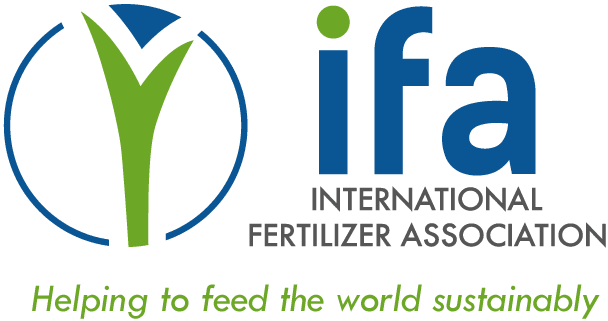Lis Mullin Bernhardt
On SDG 6, freshwater nutrient pollution monitoring and effective agricultural practices for increasing water use efficiency and reducing nutrient losses

IFA: Can you give us an introduction to Sustainable Development Goal (SDG) 6?
Lis Mullin Bernhardt: SDG 6 is unique because it’s an SDG that tells an entire story across the entire water cycle – that of the role, competing uses and threats that freshwater is facing – including from its sources in water bodies such as rivers, groundwater aquifers and lakes.
UN Environment has a mandate to help countries protect and restore their water-related ecosystems in order to maintain the everyday, essential services they provide to societies and communities, including for agriculture, drinking, water for habitats, recreation, energy, transportation and many others.
All of those activities depend on freshwater, and they also have the ability to pollute or degrade those water bodies if carried out unsustainably or in competition with each other. And we have good evidence that freshwater ecosystems are facing a number of threats to their quality and quantity worldwide.
IFA: Can you tell us about some recent UN Environment projects to monitor freshwater nutrient pollution?
Lis Mullin Bernhardt: UN Environment has a programme called global environment monitoring system for freshwater, or GEMS/Water , which helps countries all over the world with capacity and gathering in-situ data on water quality, including leading on the SDG indicator relating to water quality, 6.3.2. This requires monitoring some core basic parameters such as nitrogen or phosphorus levels, which directly relate to measuring nutrient pollution. These and many, many more data indicators are including in the GEMS database, GEMStat.
We feel very strongly that in order to achieve the water-related SDGs and other aspects of the sustainable development agenda such as those relating to food security, countries need to take steps to identify and set up their own classifications of freshwater bodies based on their ecological characteristics and the use of that water body (drinking, recreation, agriculture, etc), set targets for their ecological status, and finally monitor progress against those targets. One method we have for countries to do so is something we call the Framework for Freshwater Ecosystem Management.
One good recent example of this kind of work is a technical twinning we carried out with the Global Partnership on Nutrient Management to set up an ecosystem health scorecard which, among other things, could measure nutrient pollution in lakes. This work involves a process of bringing stakeholders together to determine which services of that lake need to be prioritized and which aspects (such as nutrient pollution) need to be measured in order to get an assessment of the health of that ecosystem. This particular workshop we carried out in September 2018 brought together colleagues from Laguna de Bay in the Philippines and Lake Chilika in India to have discussions with colleagues at Kenya’s Lake Naivasha. It’s a fantastic locally led, knowledge sharing model that we’d like to be able to do more of.
IFA: What do you see as some of the most effective agricultural management practices for reducing freshwater pollution?
Lis Mullin Bernhardt: I would think that a good place to look would be the options that are provided by nature-based solutions for water management, such as conservation agriculture, buffer strips or other solutions to prevent run-off from going directly into water bodies, and of course avoiding the overuse of fertilizers and pesticides. UN Environment took a lead on the 2018 World Water Day campaign looking at Nature-based Solutions and put out a publication on NBS for water management which outlines the pros, cons and applicability of many of these options in great detail.
IFA: How do you think farmers can increase their water use efficiency and better deal with water scarcity?
Lis Mullin Bernhardt: Since agriculture uses so much of the world’s water withdrawals of freshwater (around 80% or even up to 90% in some very scarce, highly populated areas), increasing water efficiency in agriculture is a key way in which water scarcity can be addressed. I would say that not growing water-intensive crops in dry areas (think almonds in California, for example), or using methods such as drip irrigation as opposed to more traditional flooding methods, would go a long way towards increasing water use efficiency.
Re-using water (or using wastewater) in agriculture is another way to increase efficiency (or reduce withdrawals) given the recoverable nutrients and water in this “waste” product, but it must be done in a way that is safe and reduces risks to human health. UN Environment, UN University, FAO and others have been involved in work to try to promote these practices.
About Lis Mullin Bernhardt
Lis is an international development and water professional who joined UN Environment's freshwater ecosystem unit in August 2016. A native from the Great Lakes region of the United States, Lis has been working at the nexus of development and environment since 2002. She holds degrees in International Relations from Northwestern University in her native Chicago area, the Graduate Institute of International and Development Studies at the University of Geneva in Switzerland, and an MBA in organizational culture and resource management from the University of Reading's Henley Business School in England.

